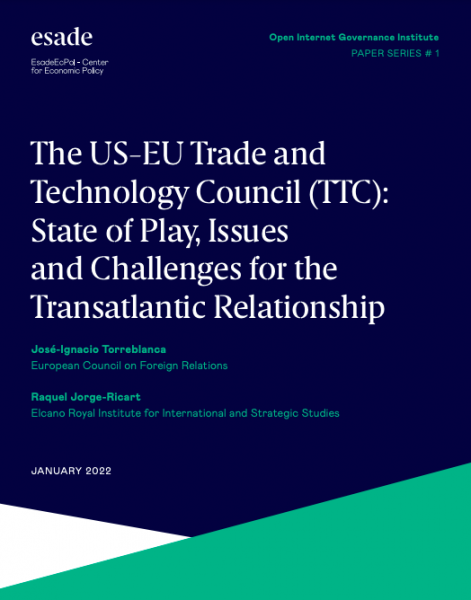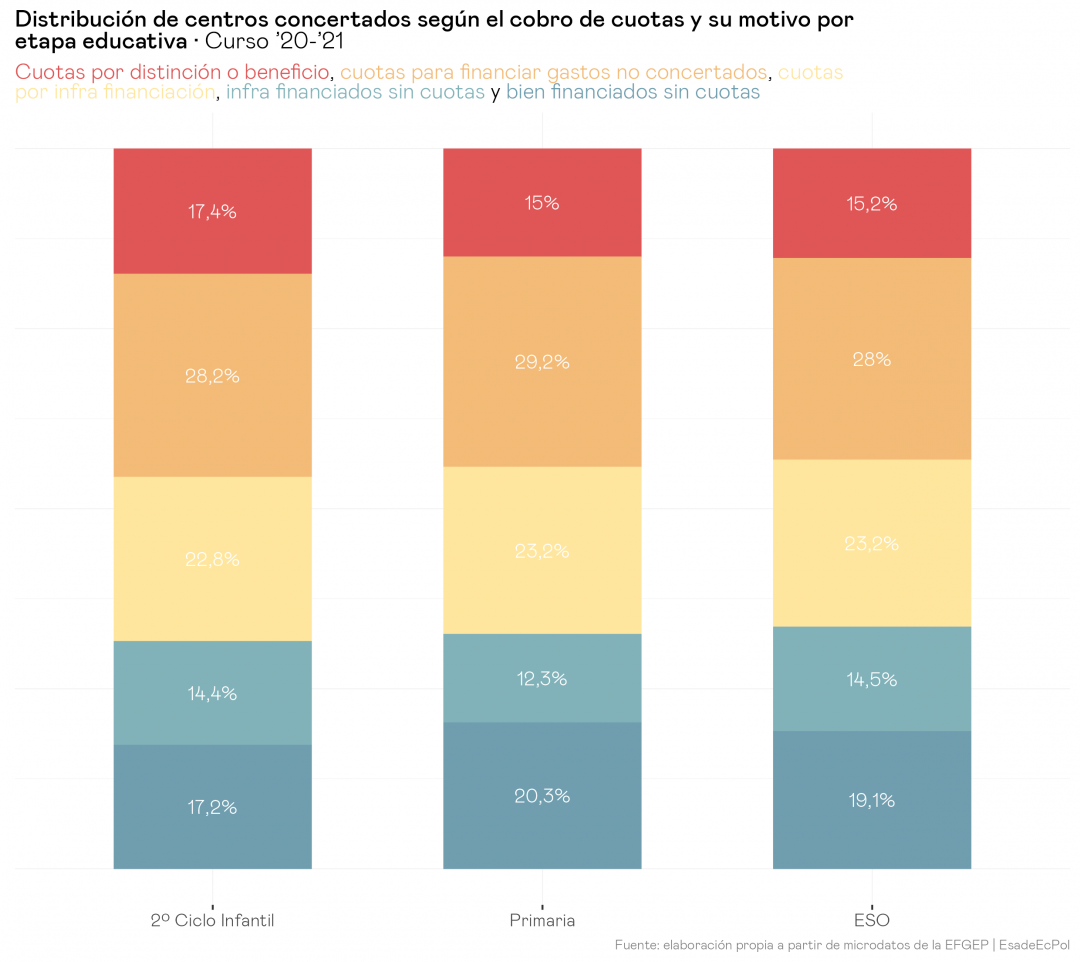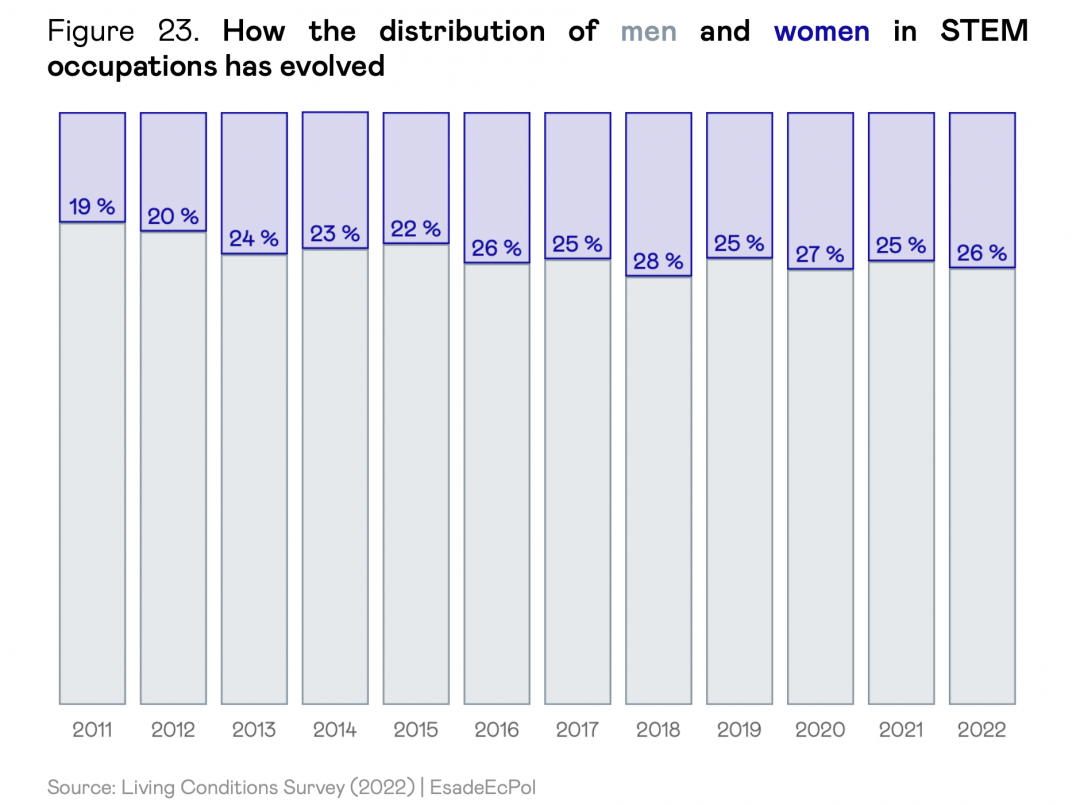
The US-EU Trade and Technology Council (TTC): State of Play, Issues and Challenges for the Transatlantic Relationship
Raquel Jorge Ricart, José Ignacio Torreblanca
24 Jan, 2022
The transatlantic relationship is in a moment of reconstruction that begins with coincidences in goals but comes with crucial differences in the approach to achieve them:
→ The coincidences between Washington and Brussels are in the objectives: (1) designing a market environment that ensures that goods and services benefit society without being captured by specific interests or rival powers; (2) reducing negative impacts and maximizing positive ones on democratic life and institutions; (3) resolving new vulnerabilities to external attacks; (4) avoiding the use of digital technologies for the extension of authoritarian powers and the weakening of the international liberal order.
→ The differences lie in distinct perspectives:
– The US remains based on national security, determined by wariness of Chinese ascendancy. It understands that its main advantages (also over the EU) lie in a market economy without internal barriers and capable of producing and financing growth and innovation, which is poured into strengthening military capabilities and, at the same time, with a military-industrial complex capable of sustaining and promoting constant innovations in the military field, which are then poured into the civilian economy. In contrast, the articulation of a regulatory space that ensures the benefits and limits the negative externalities of the digital market is far from being achieved.
– The EU views the digital revolution through an economic and humanist lens seeking to reduce vulnerabilities and interference rather than trying to shape a global technological order akin to its values and interests. It has become a sort of “regulatory superpower” by default due to the inertia to ex ante regulation based on shared values, especially on the privacy and data front. However, power-enhancing considerations are absent: Europe does not seem intent on creating spheres of technological influence or contesting them with other major powers. For the time being, it is limited to a quest for “strategic autonomy” that is inevitably traversed by differences in interests and perspectives among its member states: many of them, including the Netherlands, but also those of Central and Eastern Europe, Scandinavia, and Spain and Portugal, are wary of the concepts of “strategic autonomy” or “European sovereignty” being used to support a more protectionist and closed Europe and, moreover, as a way of weakening the transatlantic alliance. They also fear that some Member States, especially France and Germany, will be the main beneficiaries of EU industrial policies aimed at achieving sovereignty. This is why they have been promoting the alternative concept of “open strategic autonomy”.
The current attempt at transatlantic realignment is embodied by the Trade and Technology Council (TTC) effort launched last June 2021, which includes several key aspects of digital governance but leaves out some crucial lines. Together, all aspects that define the transatlantic relationship between the two actors can be divided into three ‘baskets’. Here we present them with a brief exposition of what could be gained and what could be lost on each front:
→ Markets:
+ Greater alignment between the two sides of the Atlantic could push up these figures significantly, producing a common regulatory environment that feeds legal certainty capable of fostering consumer benefits while limiting costs and negative externalities. Common technology standards under multilateral umbrellas would also reduce trade frictions, limiting China’s ability to impose its standards.
* But it should be noted that data flows are excluded due to the past problems the two sides faced when they tried to have their Privacy Shield agreement on data transfers accepted by the European Court of Justice. Some hope that this exclusion is intended to facilitate less visible and more discreet negotiations. But as long as there is no solution, as long as the EU maintains that it cannot compromise its “human-centric” approach to privacy and data rights, this issue is ticking like a ticking time bomb under the TTC table. Still, both powers cannot indefinitely avoid addressing it, given the legal uncertainty and associated loses it generates in the view of private actors on both sides of the Atlantic.
– Lack of agreement, especially on data flows, could increase trade disputes, discourage investment and e-commerce, leading to fragmentation of the transatlantic digital market. The US would find it more difficult to close its technology gap with China, while it would mean more clashes with US companies based in Europe. Strategically, the EU would also risk being left behind by the US.
→ Security:
+ Protection from outside interference is already the subject of a promising preliminary agreement between the two negotiating sides. It focuses on three fronts: (1) monitoring of sensitive investments for national security; (2) coordinated export controls on critical technologies, such as those for surveillance; (3) defence and sustainment of supply chains in key sectors, with particular attention to the vulnerability shared by the EU and the US in the availability of semiconductors. Alignment would provide efficient regimes to protect investments in critical areas and ensure that essential technologies are not exported to autocracies, help allies preserve the security of their networks and infrastructure, and guarantee them access to critical technologies.
– In the absence of an agreement, both powers would not only become more vulnerable in strategic sectors, but would also leave entire regions, such as the EU’s eastern neighbourhood, Africa, Latin America and the Indo-Pacific, exposed and vulnerable to Chinese influence.
→ Democracy:
+ To the extent that the dialogue helps ease current tensions over the regulation of large technology companies and their services, it offers an opportunity to strengthen democracy and human rights. By sharing their regulatory tools and technical expertise with others, the EU and the United States can also shape a multilateral technology order with values-based standards that allow democracies to overcome their vulnerabilities and keep autocracies at bay, setting the bar for subsequent coalition-building and proposals in other negotiating arenas, and pushing for agreements at the multilateral, regional or bilateral level.
* Within this realm, regulation of platforms and content moderation constitute the most significant exclusion from the TTC. On these fronts, the EU is taking an ex ante regulatory approach embodied in the nascent Digital Services Act & Digital Market Act which contrasts with the US ex post approach.
– Despite this omission, or precisely to compensate it, the robust democratic narrative seen at the core of the TTC’s launch must not be rhetorical but real. If the TTC fails to maintain it, both the EU and the United States are likely to lose public confidence in their own political systems in the long run.
Apart from contributing to repair and deepen transatlantic relations, the TTC offers a key opportunity for the US and the EU to jointly help to set the rules of global, democratic and sustaninable technological governance





